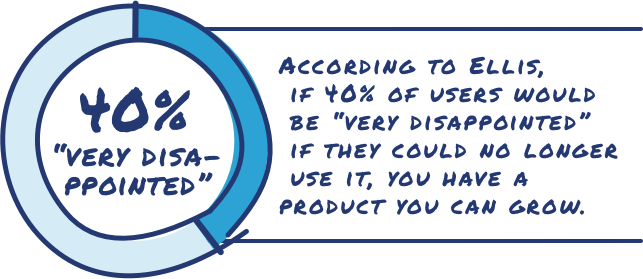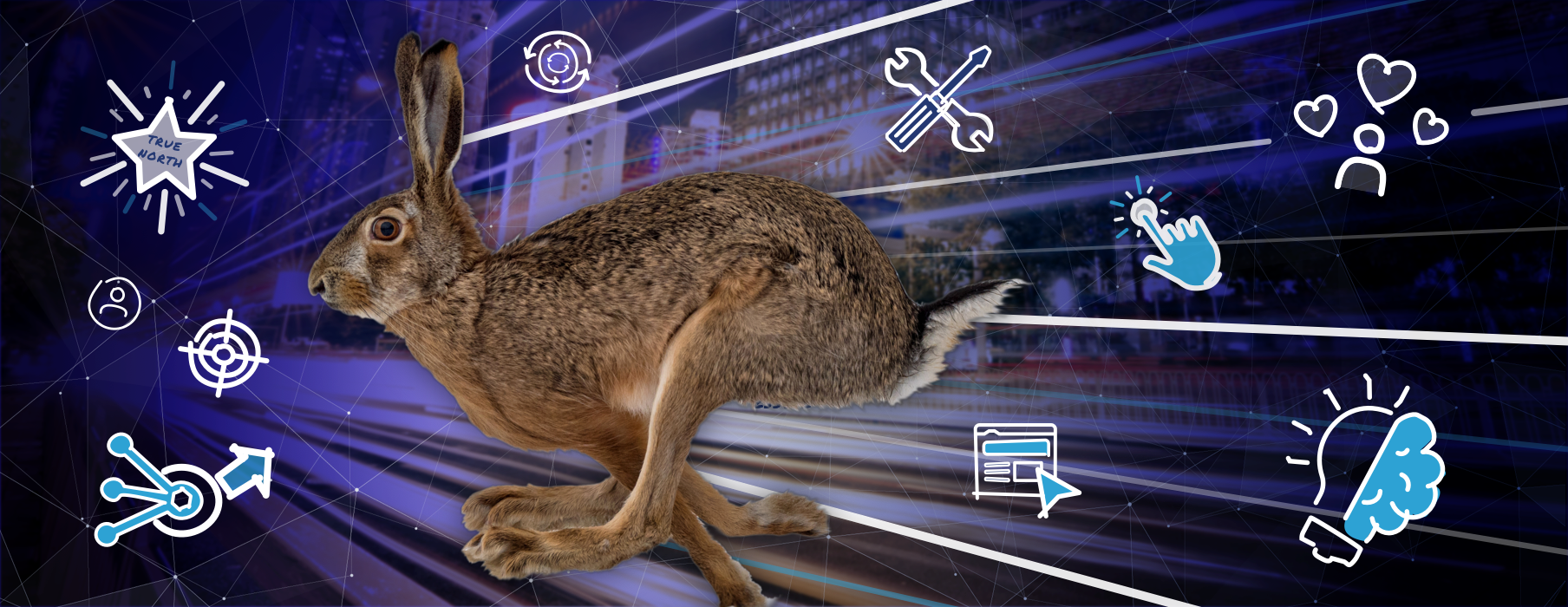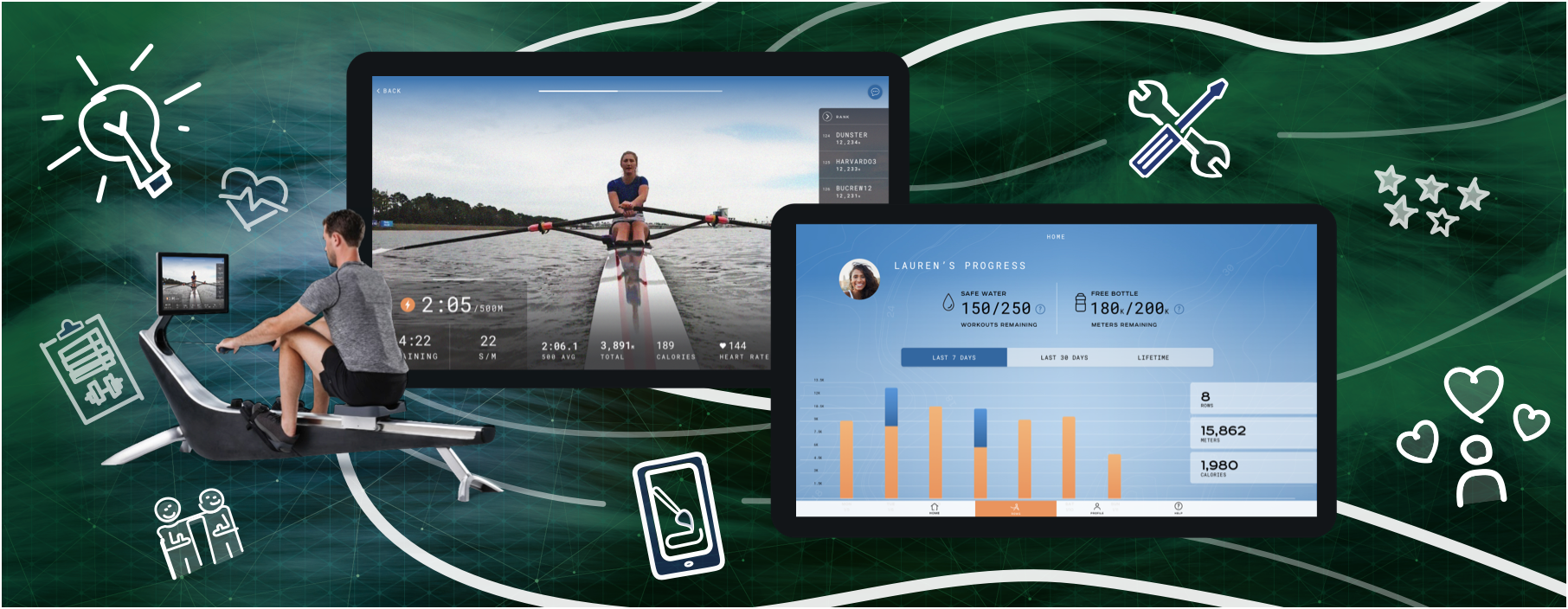What’s the No. 1 vanity metric you shouldn’t care about? Downloads. And what’s the number one metric you should care about? Retention, or rather, user loyalty.
Now, before we share anything else, don’t get us wrong. We’re all for downloads. However, for us, success requires people actually using the app, and not just once or twice, but consistently because the app benefits them in some meaningful way. In other words, user loyalty is the barometer of a successful product, and it is critically important, whether you plan to monetize an app or invest in a free app for employees or customers. The goal is to find that point where 40% of customers tell you they can’t live without you.
Many factors contribute to customer loyalty, from market need to ensuring the product fulfills the promises in your marketing copy to the technical support you offer. However, few things are more integral to building user loyalty than the app’s design, and more specifically, the convergence of the app’s User Experience (UX), User Interface (UI) and Architecture design. Keep reading to learn more about each and why all three are so important.
UX Design
UX takes into account any element that will shape how the user interacts with the app. It includes the overall layout, flow and the path users take as they navigate the app. It also includes the information architecture and what details and actions will appear on each page.
UX requires gaining a crystal clear understanding of the ideal user of the product (we offer much more detail on how to do that here). During UX, designers will pinpoint issues that could be frustrating or confusing for the user (e.g., illogical organization or poor navigation) and come up with a better plan to improve user interactions.
The main goal during UX is to establish clarity and lay the groundwork for ensuring the app is easy to use.
UI Design
UI design is all about what users see when they open and interact with the application. It builds on UX and provides the visual cues that elicit an emotional response from users. Design features include:
– The graphical layout
– Color choices
– Button look and placement
– Text size (headers, subheaders, paragraph)
– Typography
– Images and icons
– Sliders
– Animations
UI design is the process of deciding how the interface will look and make users feel, and even seemingly trivial issues, such as color choices or button placement, can impact the experience. Ultimately, when it comes to UI design, the devil is in the details, and it takes a disciplined, thorough approach to ensure nothing happening visually will negatively affect the user experience.
Architecture
Design of the architecture is the plan for how the application will be built so it can launch, but as important, so it can scale if the app takes off. There is so much to consider when designing the architecture. For example, here are typical components we design for:
– Mobile app architecture (e.g., iOS and/or android? Natively or cross-platform? Tools and libraries?)
– A responsive web app
– An operations web portal for managing the app, users and business operations
– Overall cloud stack (e.g., the technologies and vendors that will be used for cloud services, including web development)
– Application programming interfaces (API)
– Data storage and analytics stack
– Integrations with vendors or partner services
– Integrated marketing stack (CRM, email, social and support)
– Login and registration mechanism
– Account security and management
– Storage security and encryption
– Transactions and audit trail for collecting payment
– Analytics solution (e.g., the plan for storing, managing and analyzing data generated by users)
Essentially, the architecture lays the foundation for the application and helps to prevent bugs and slow loading times, which can kill the user experience.

Architecture is ultimately about providing a seamless experience, says Dan Katcher, founder of Rocket Farm Studios, “The under-the-hood architecture is key. A well thought out architecture takes account of where delays or latency in response time are going to be and addresses any issues. As a result, spinners spin when they should. Data fills in when it’s available. And it doesn’t leave the user guessing what’s happening in the meantime. If the experience is at all buggy or slow, users are going to tune you out.”
Building products that boost loyalty
Many factors contribute to loyalty, but by creating an easy to use UX, an emotionally appealing UI, and a fast and scalable architecture, we can put apps in front of a new users that increase the likelihood they will become loyal users.
Rocket Farms is an award-winning mobile app developer with a record of developing apps people both download—and use passionately. If you have a concept for an app, we’re ready to design it. Contact us today to discuss your idea.






